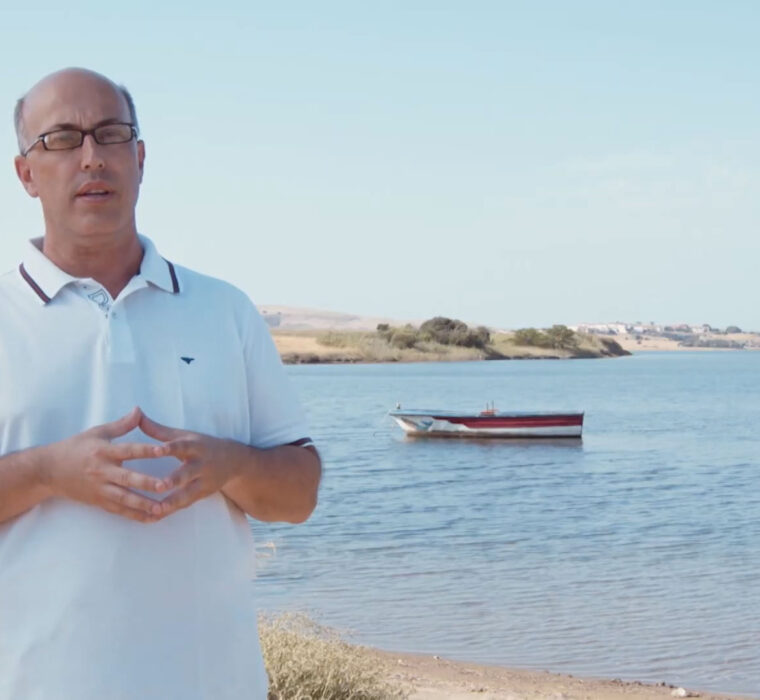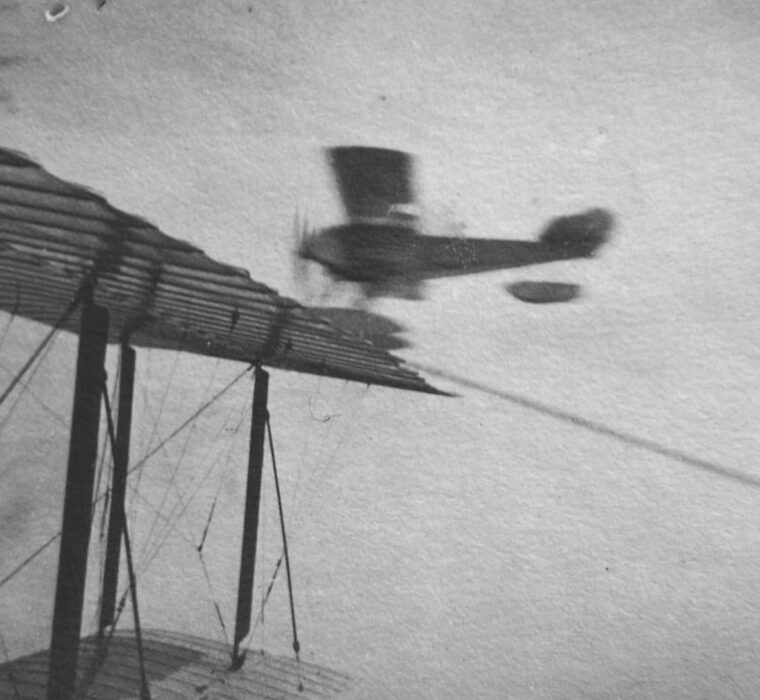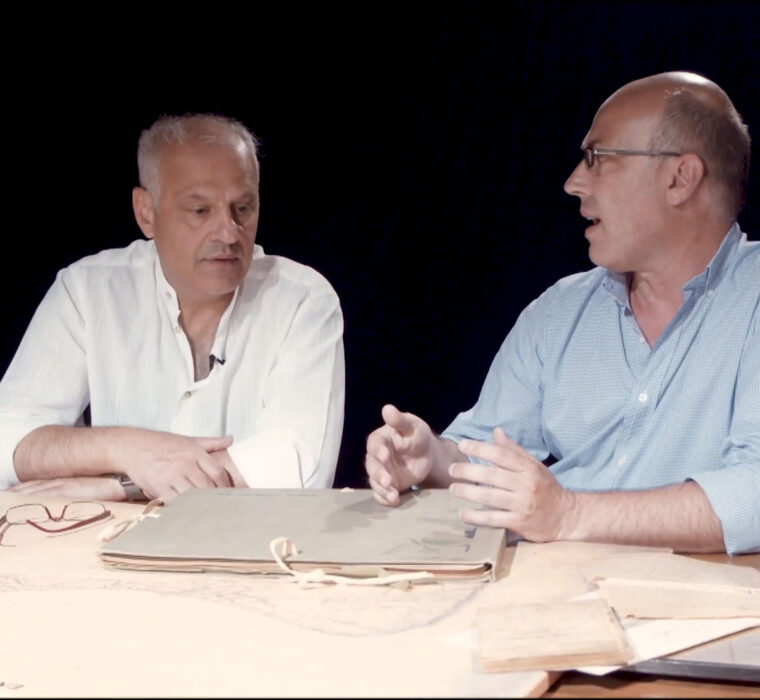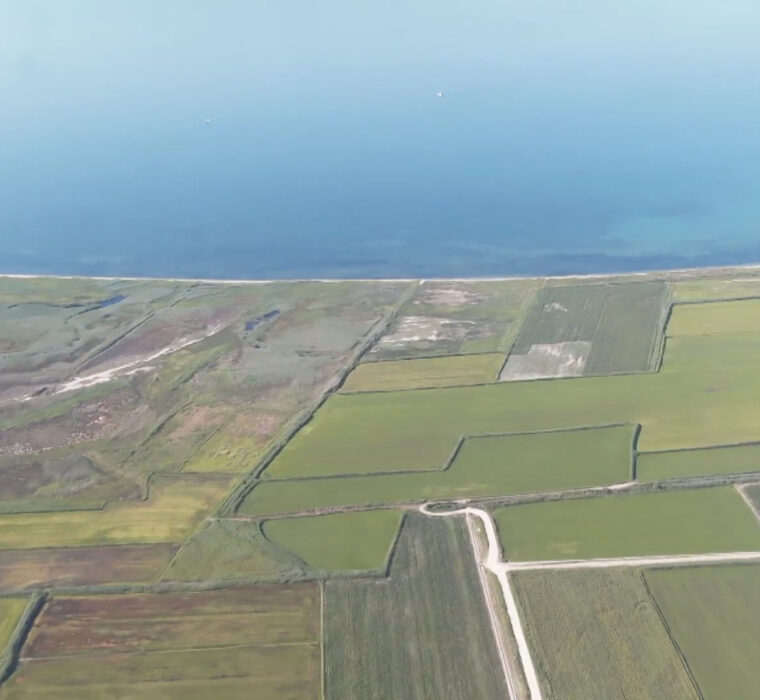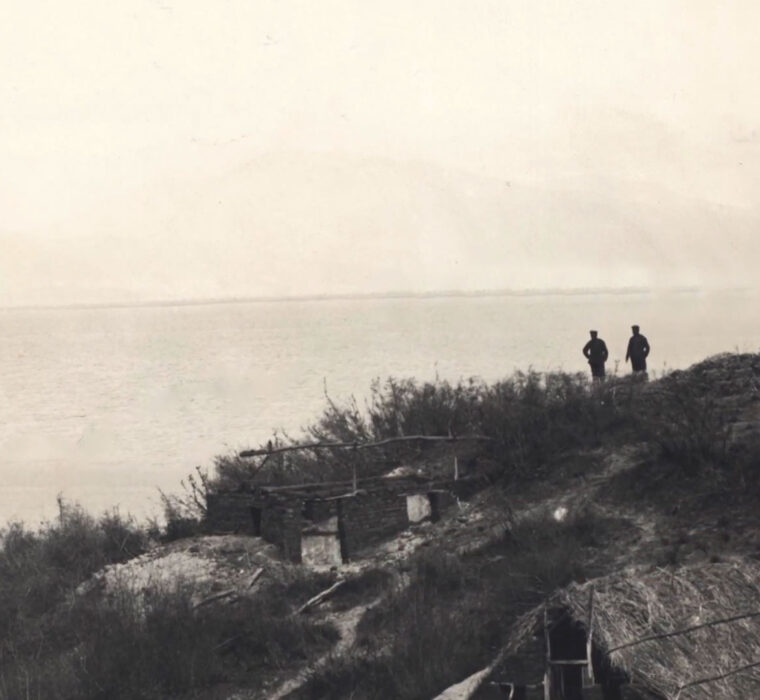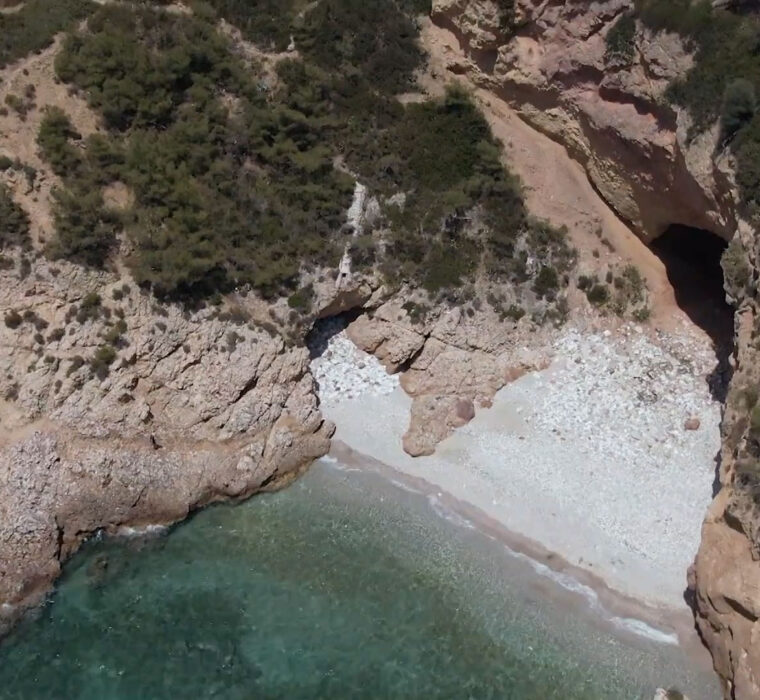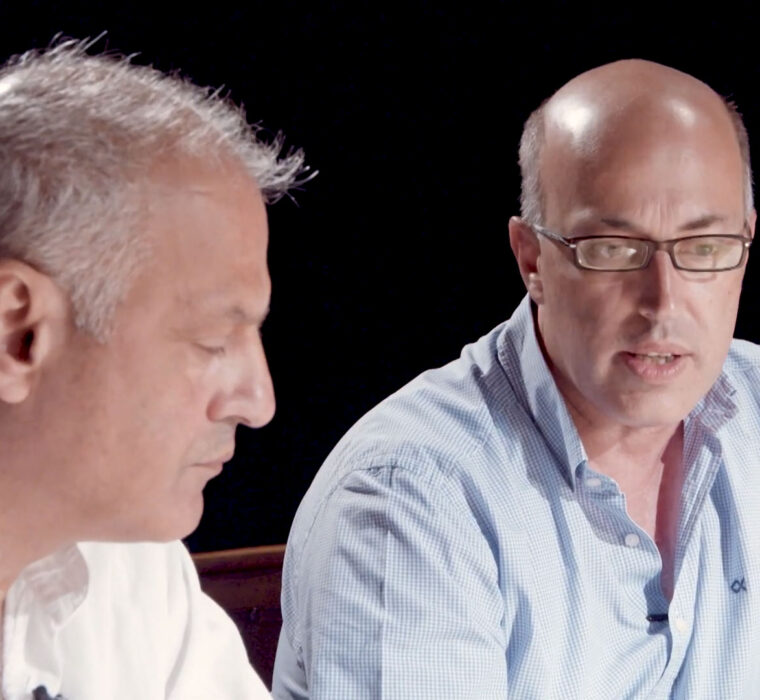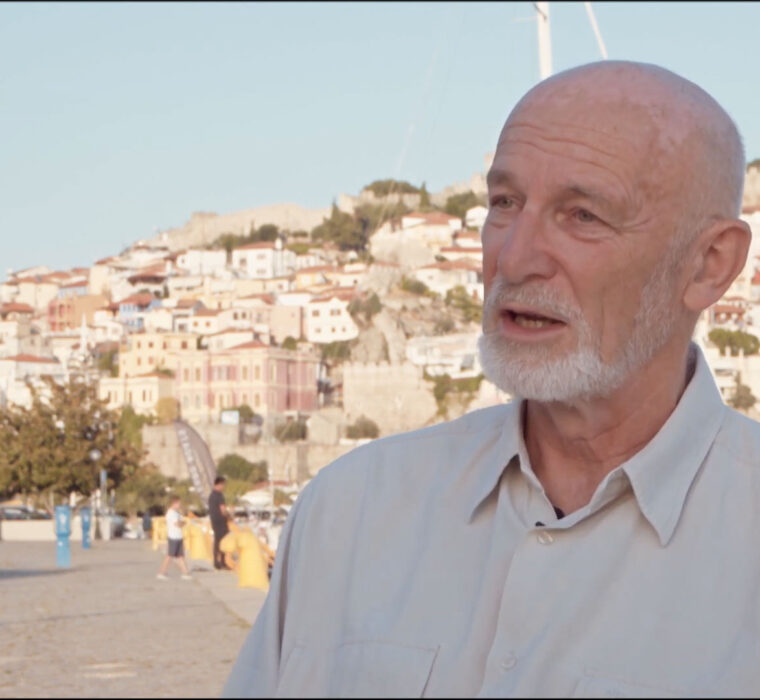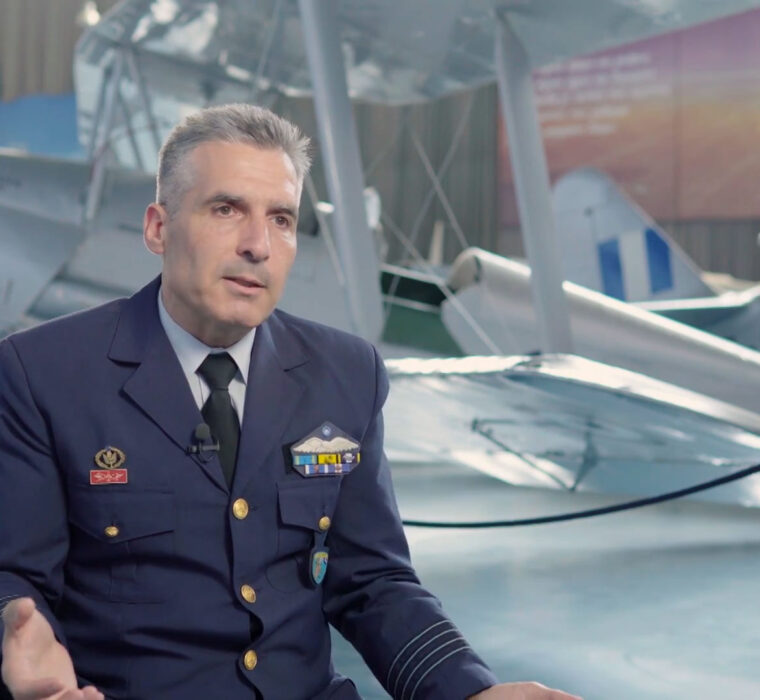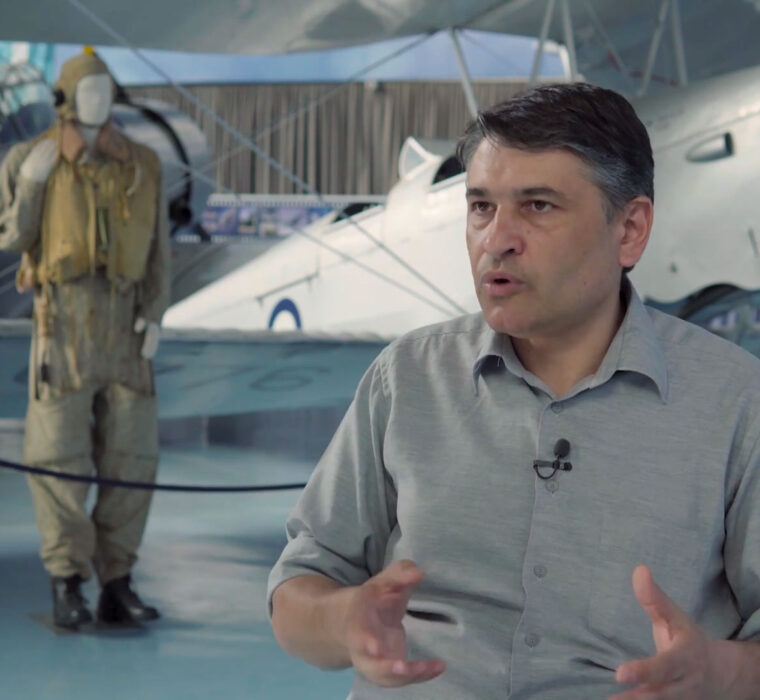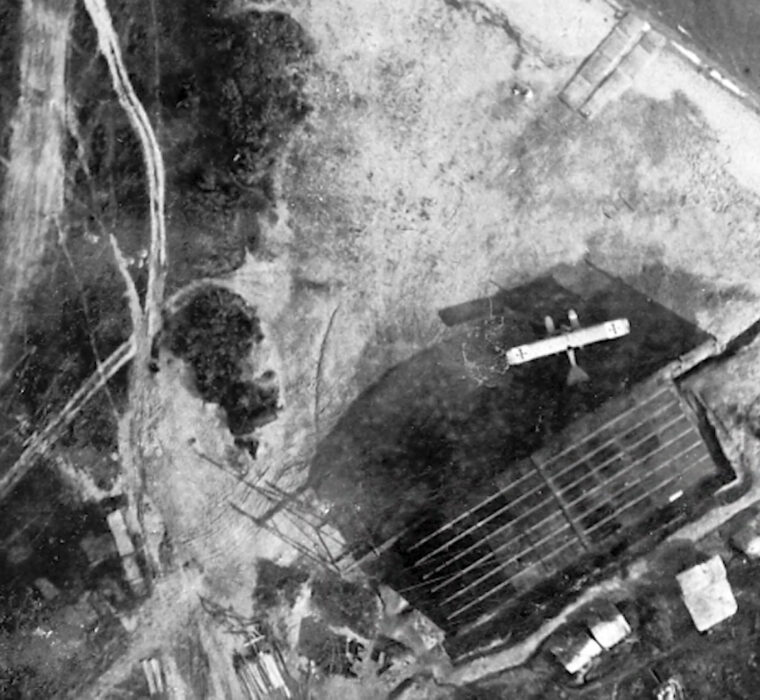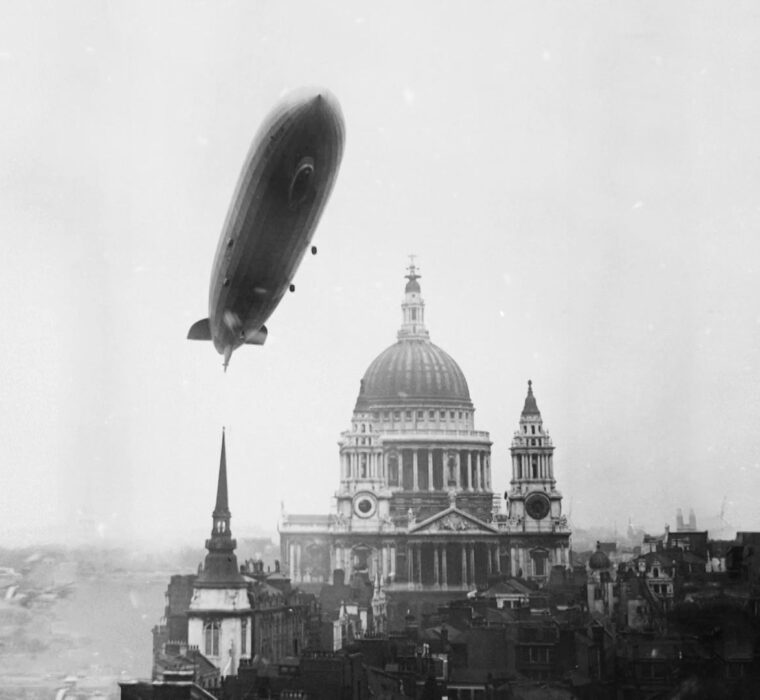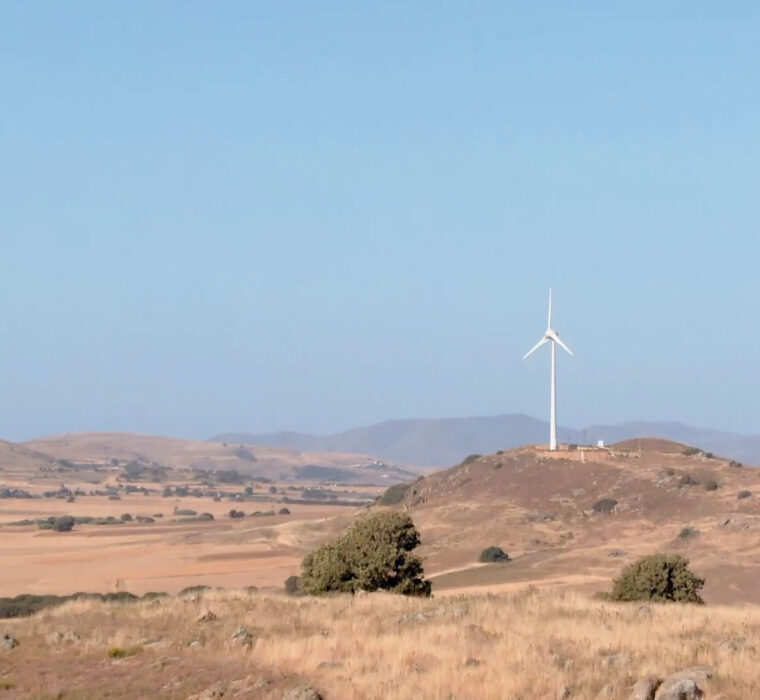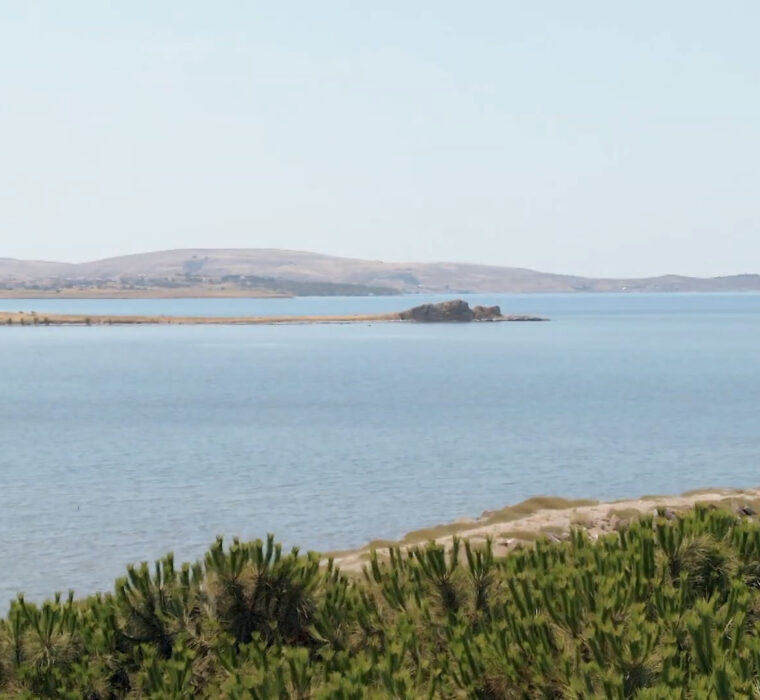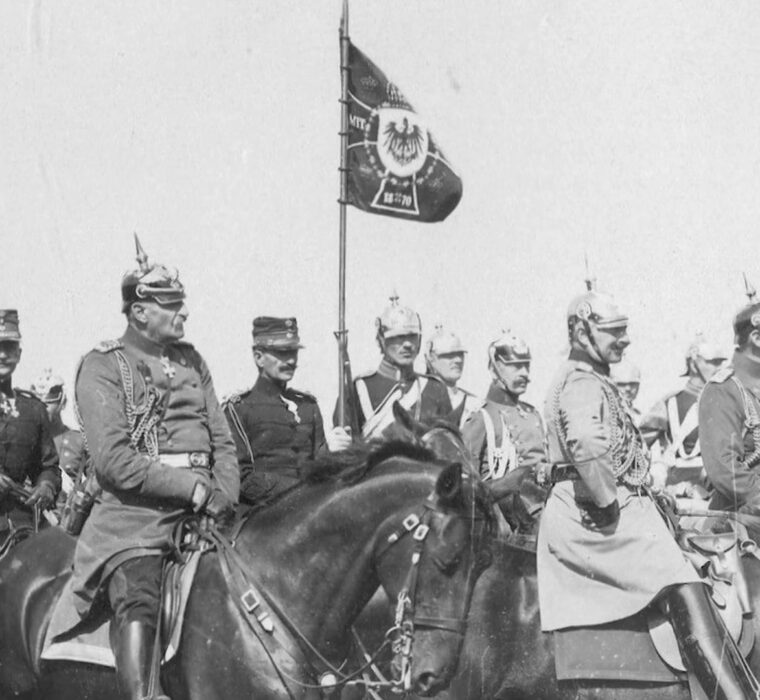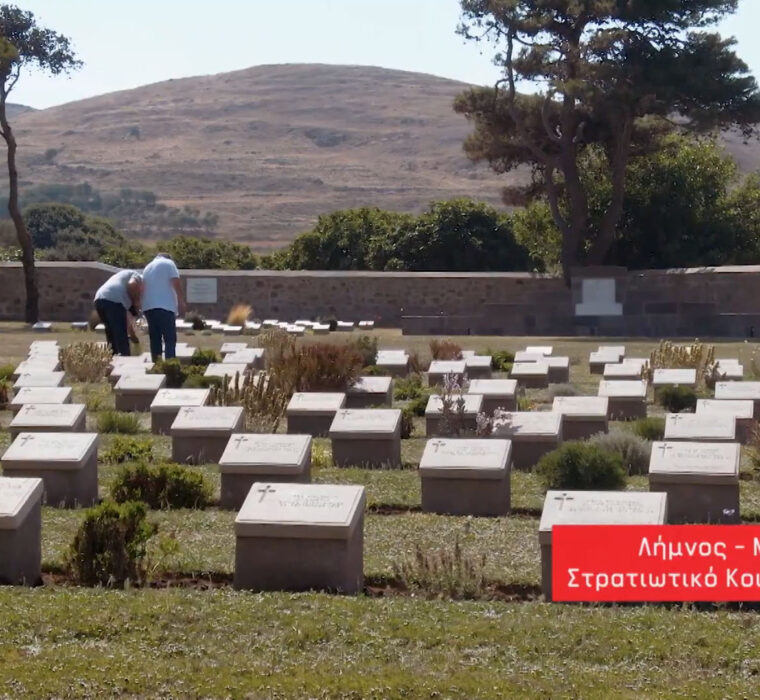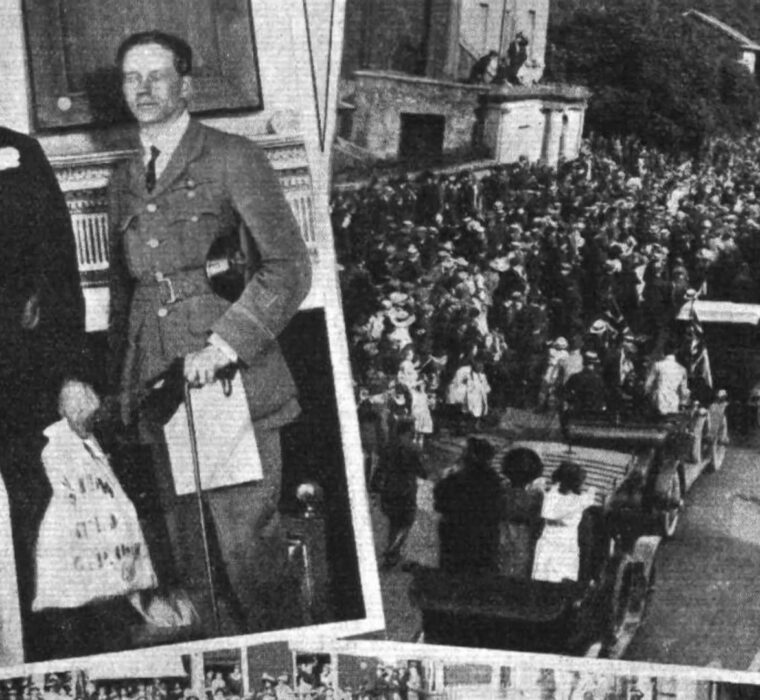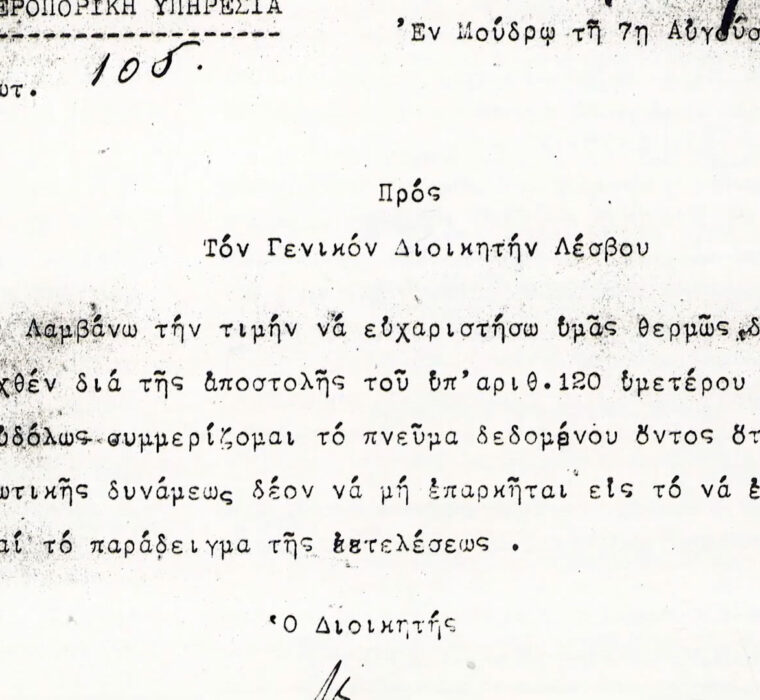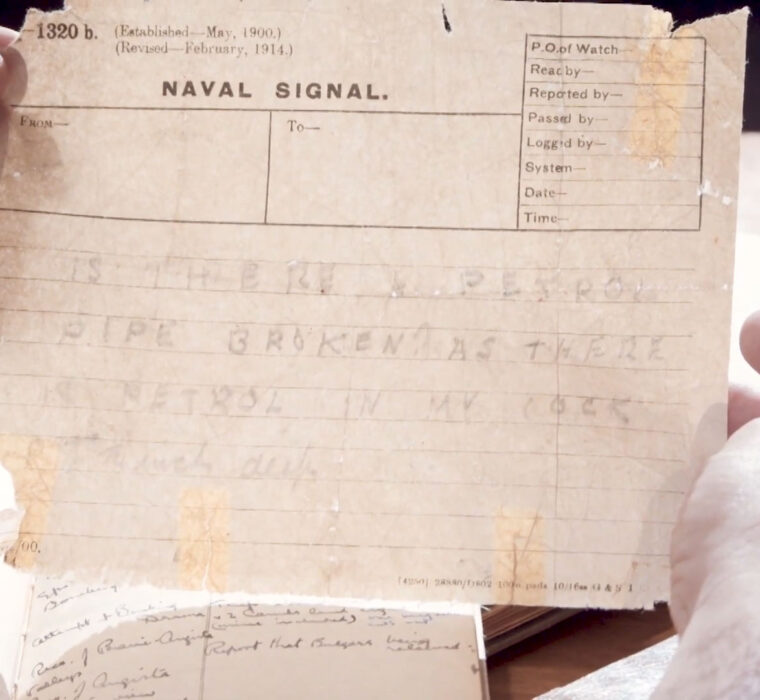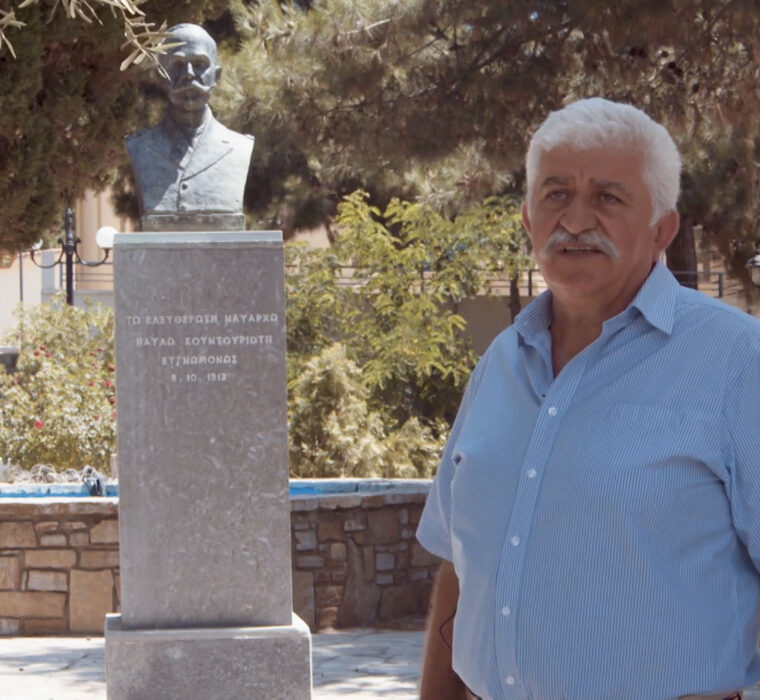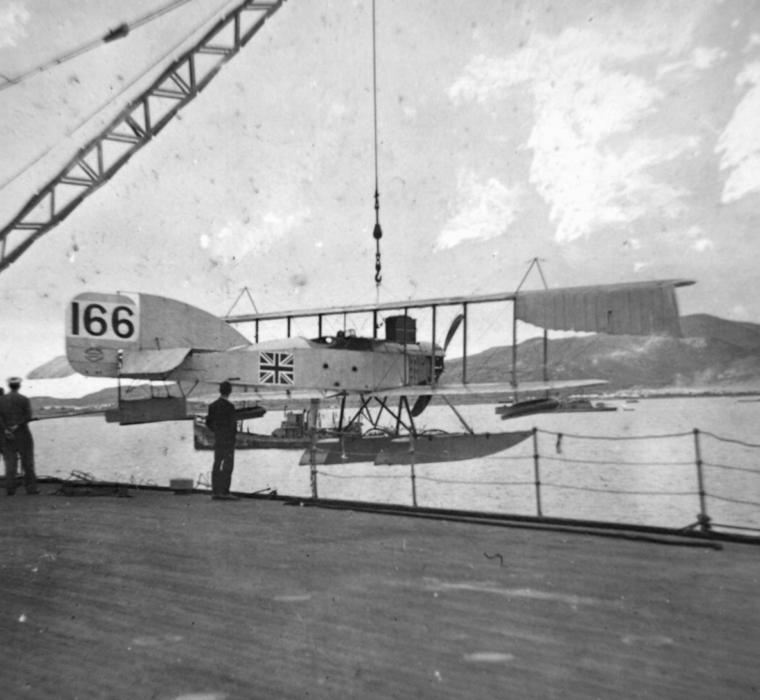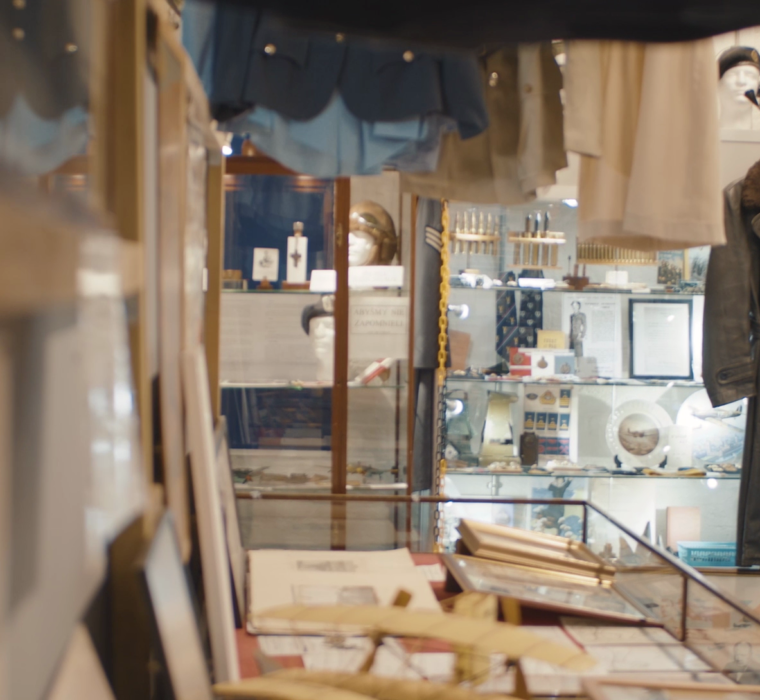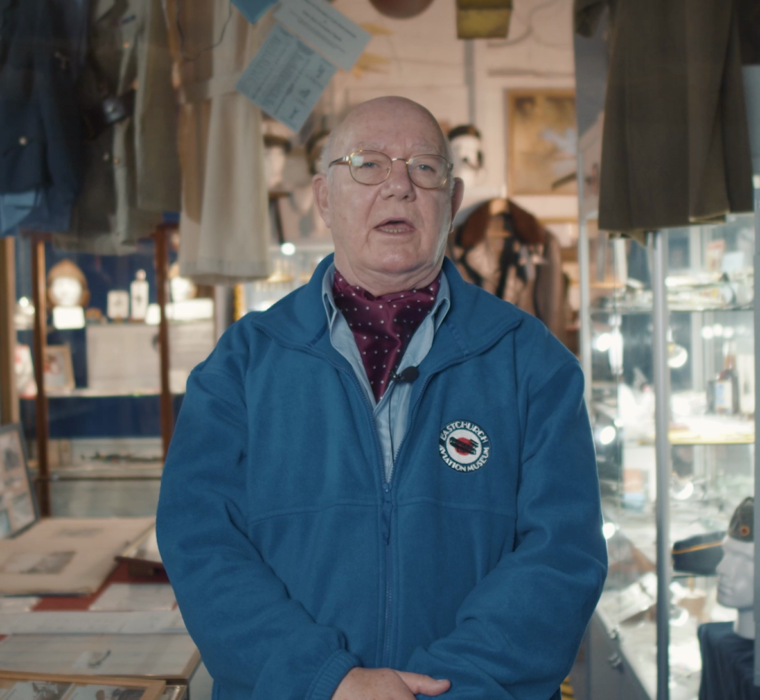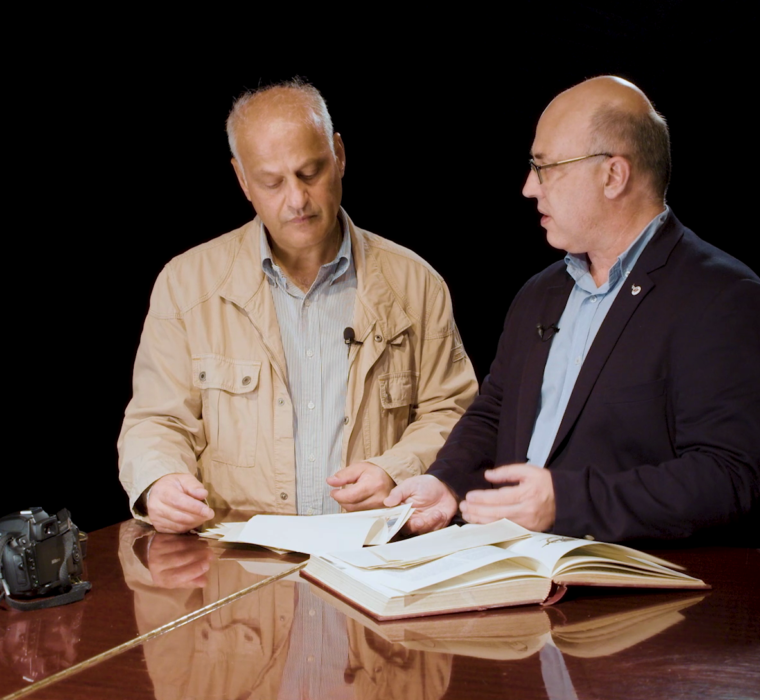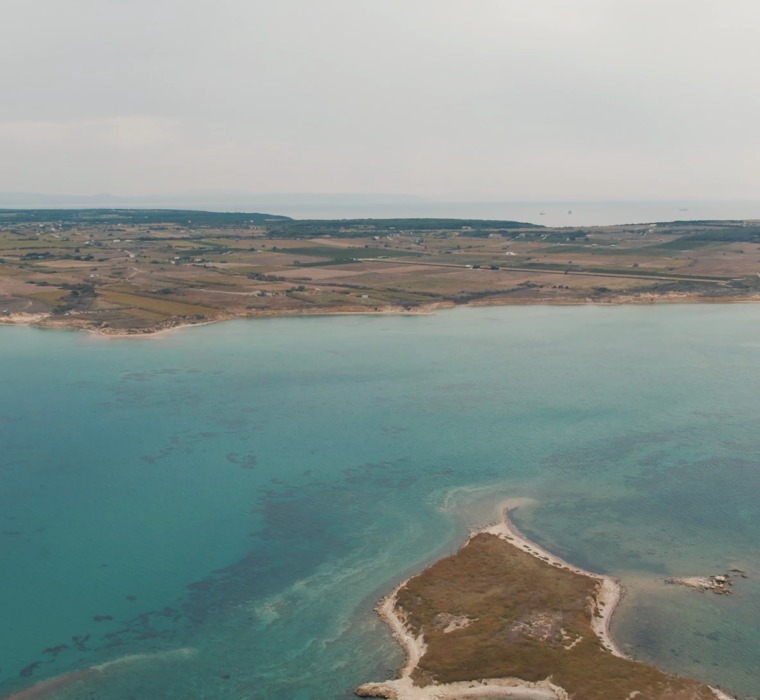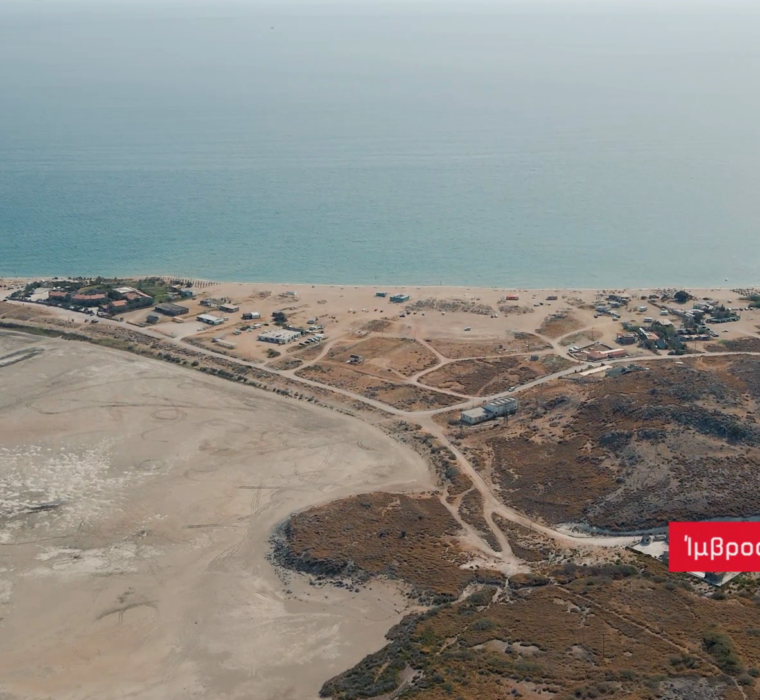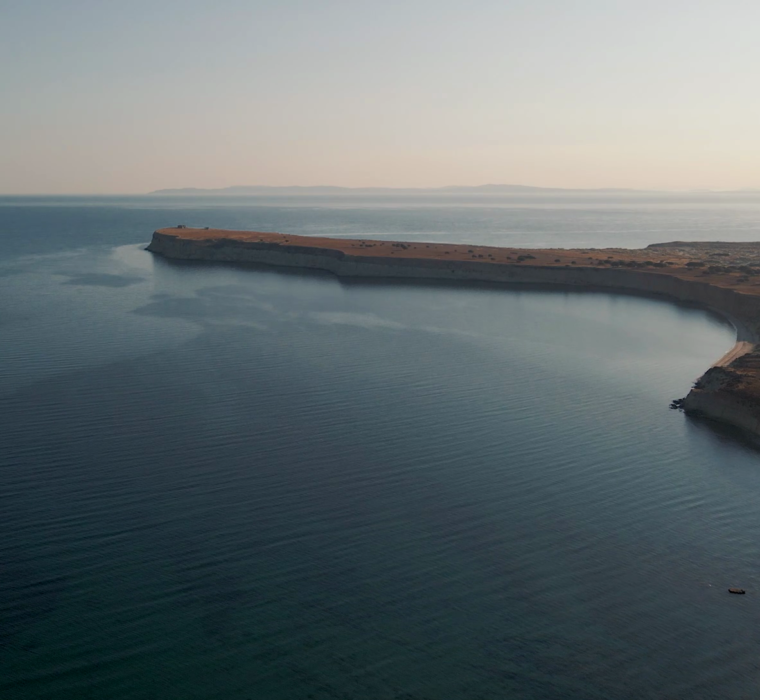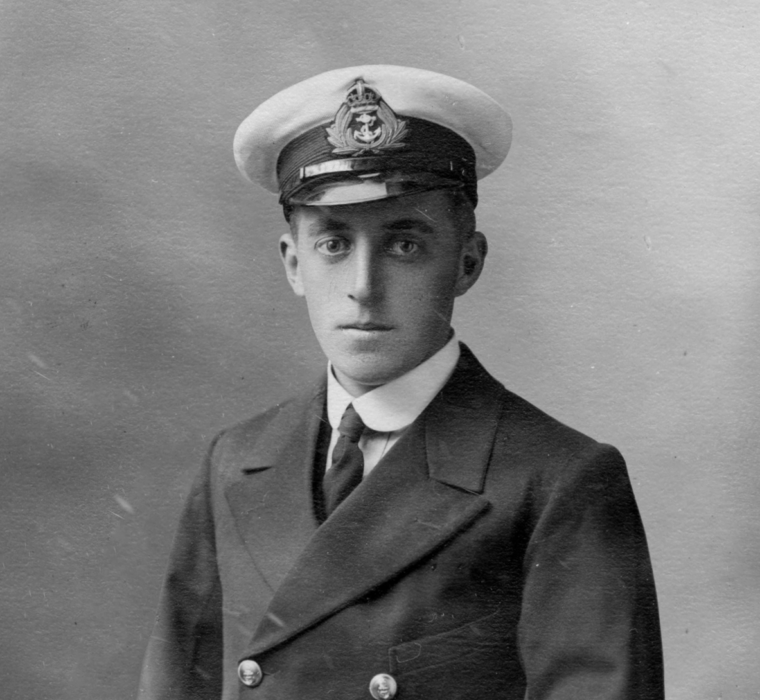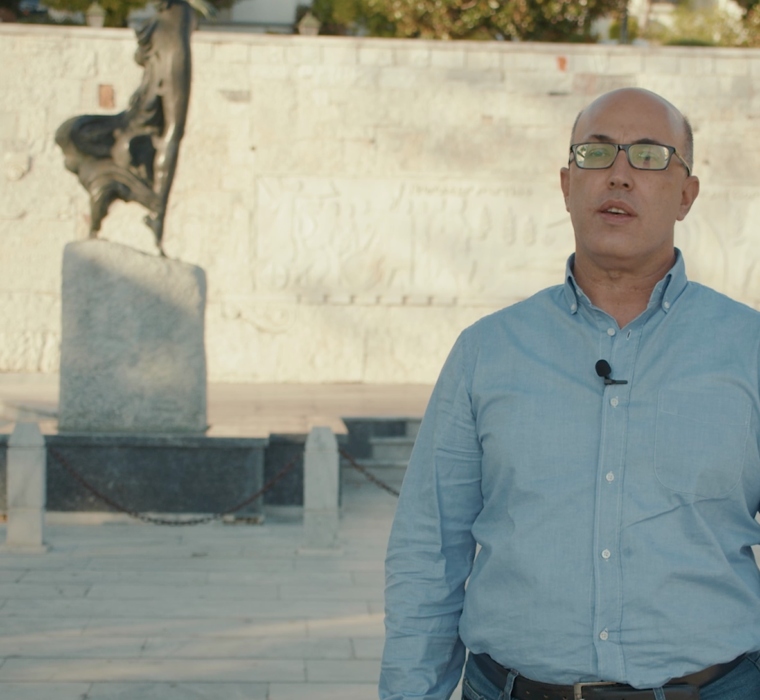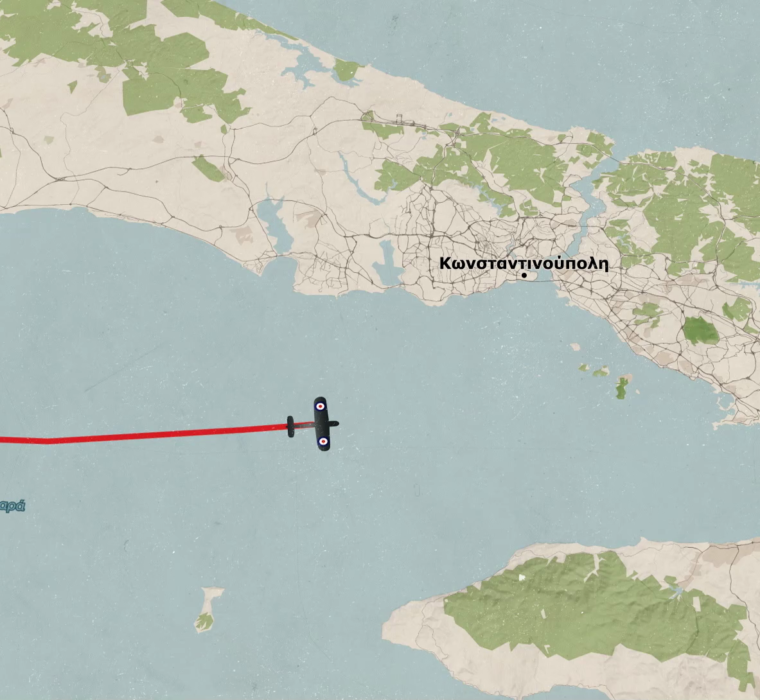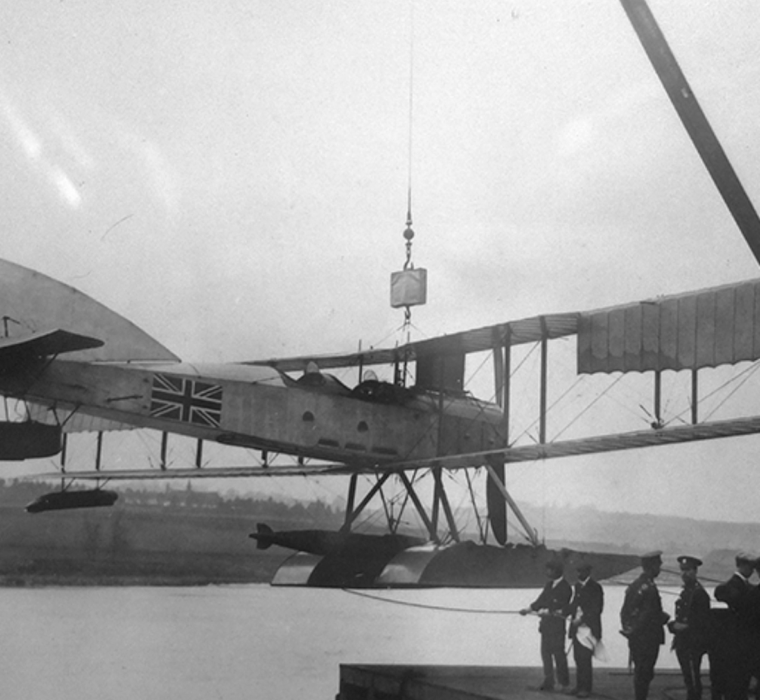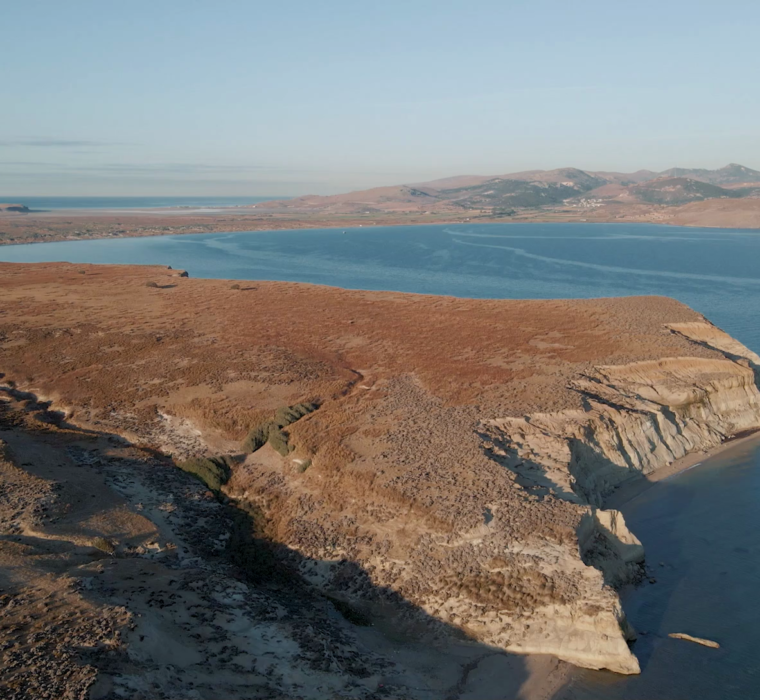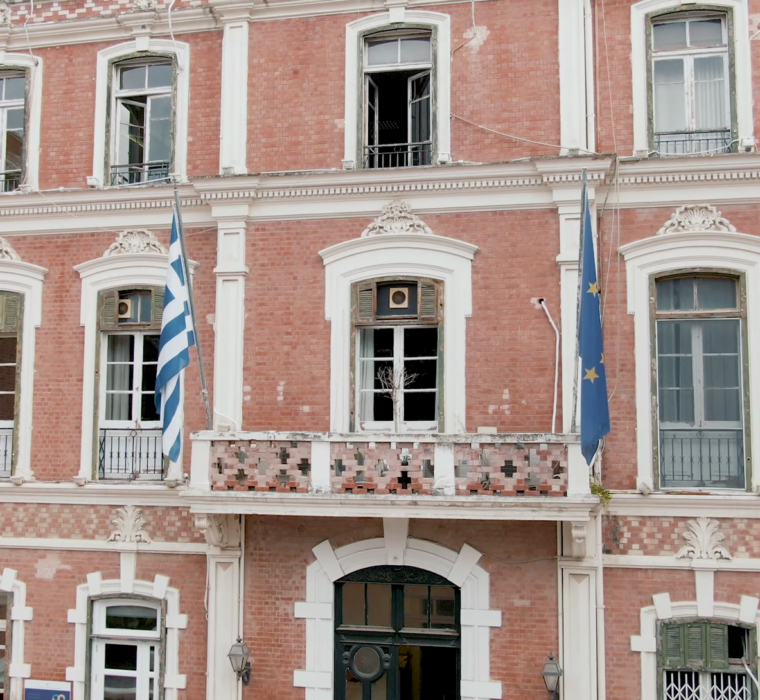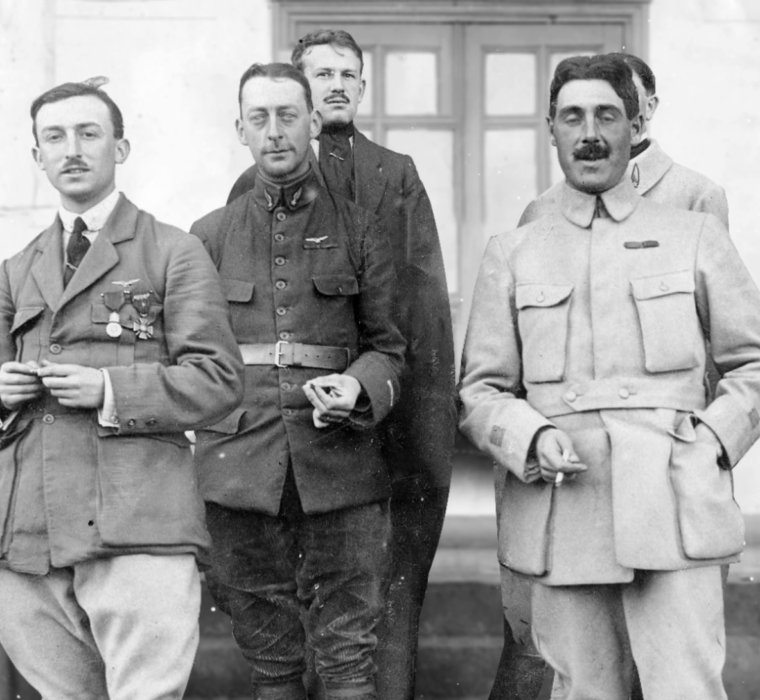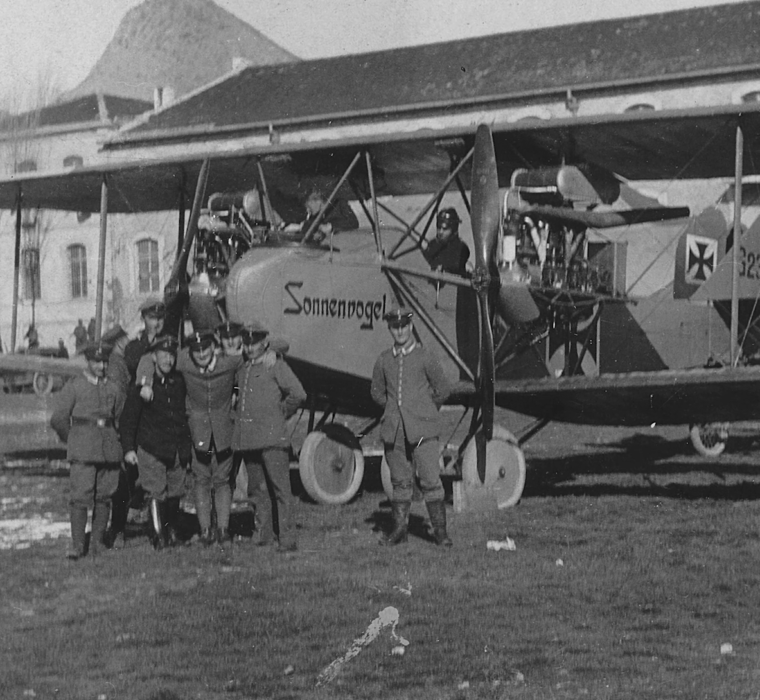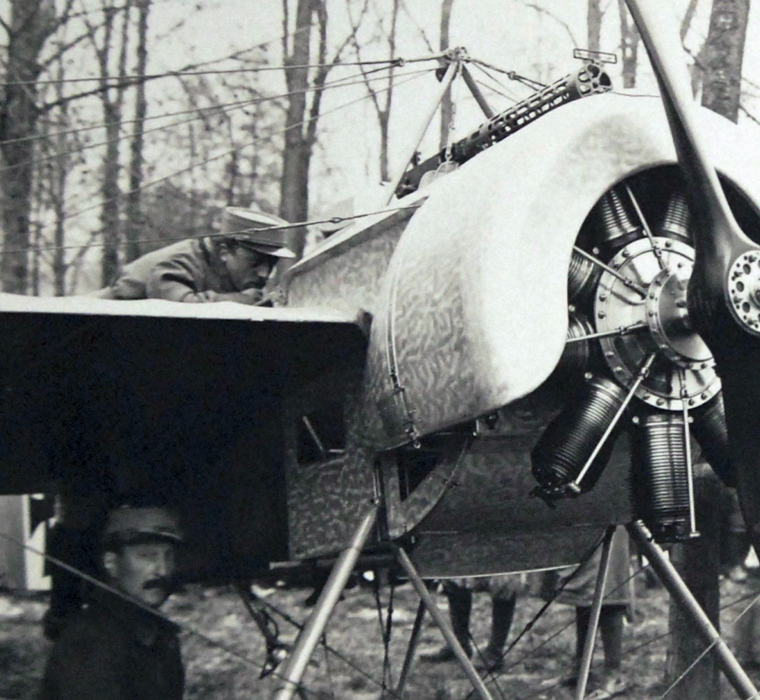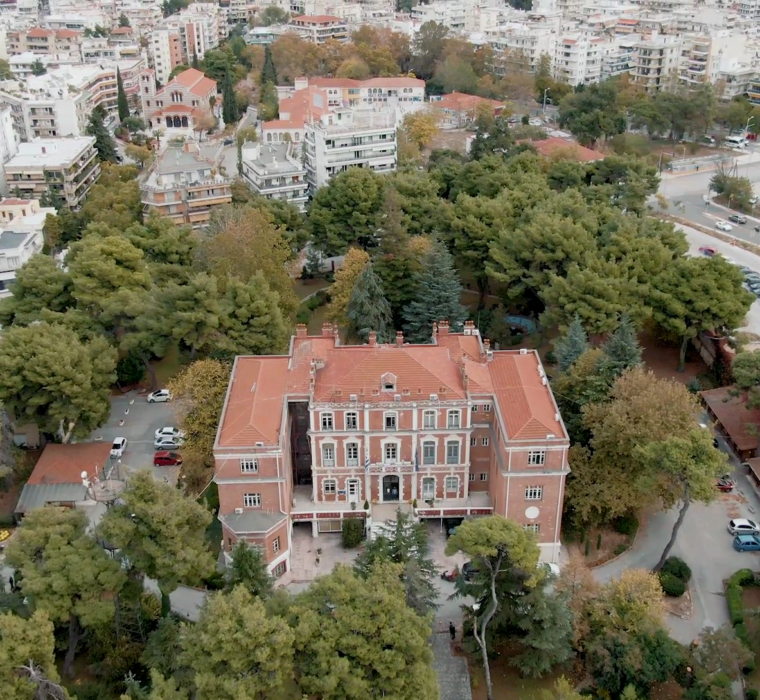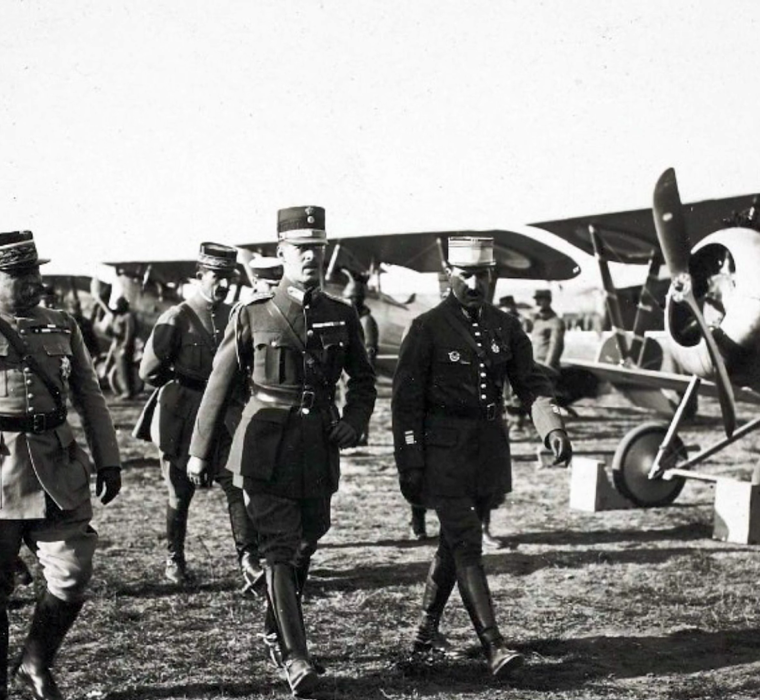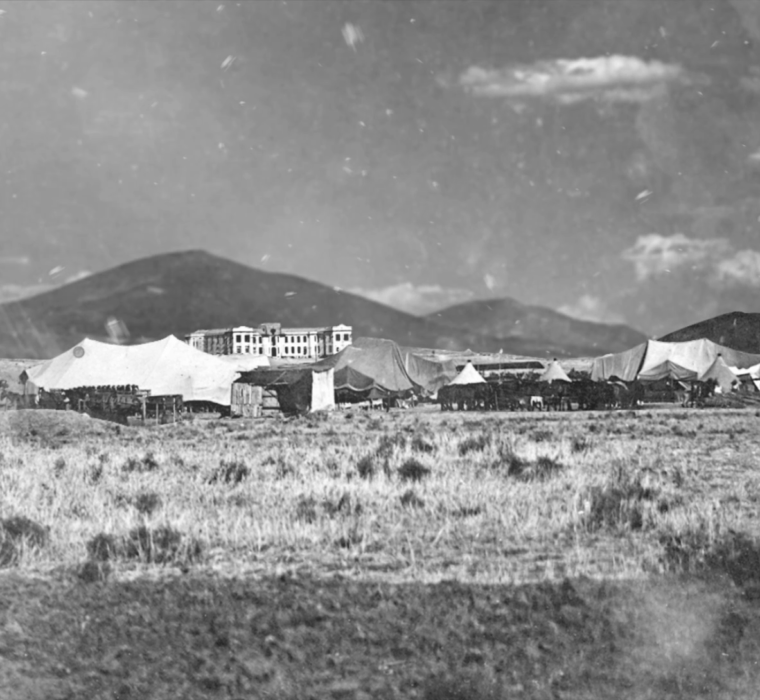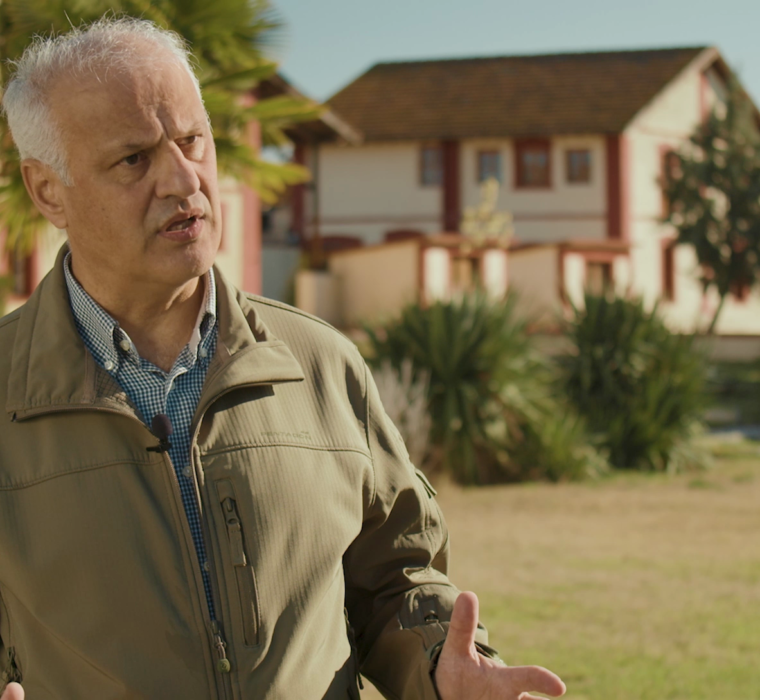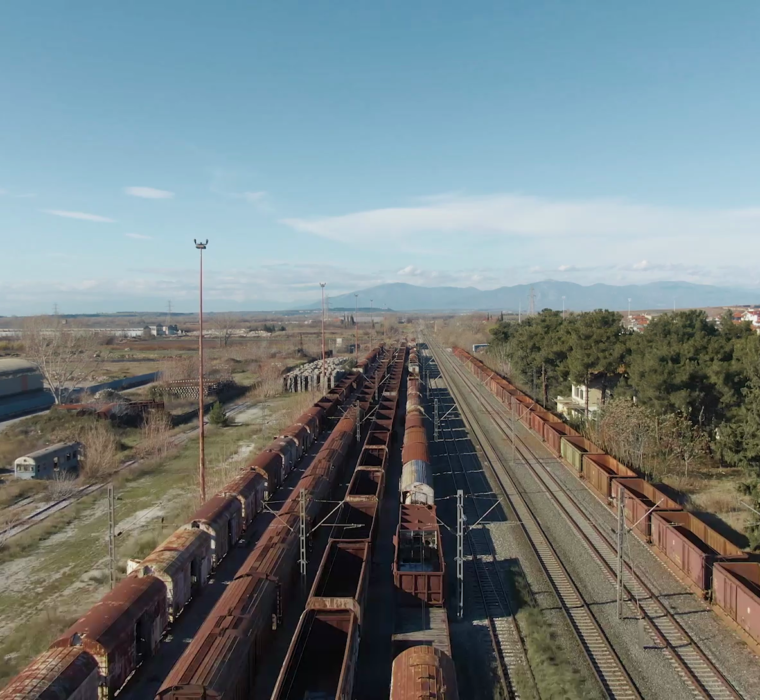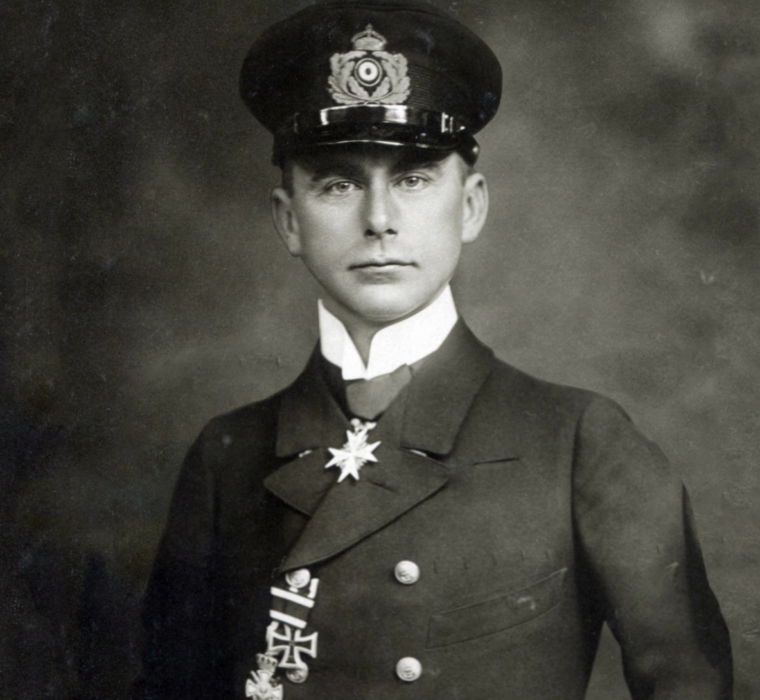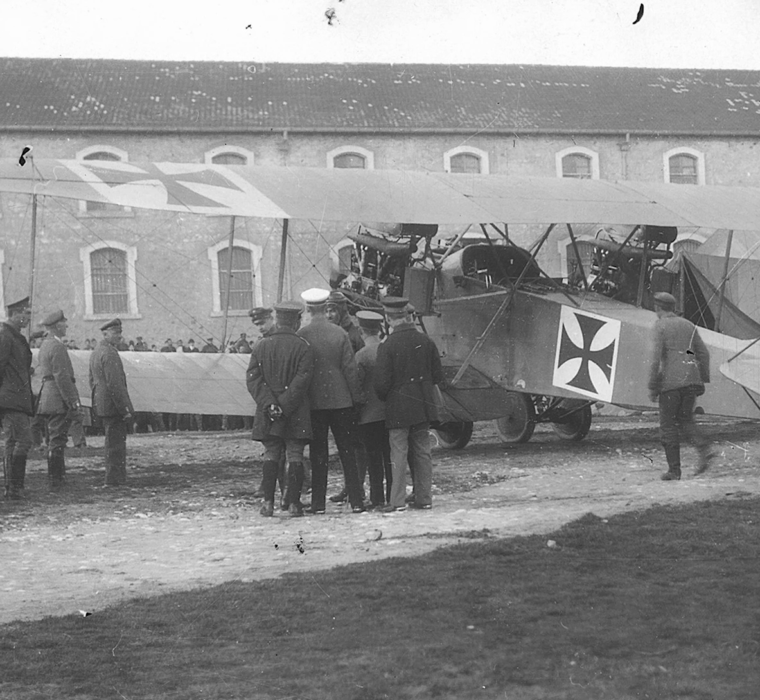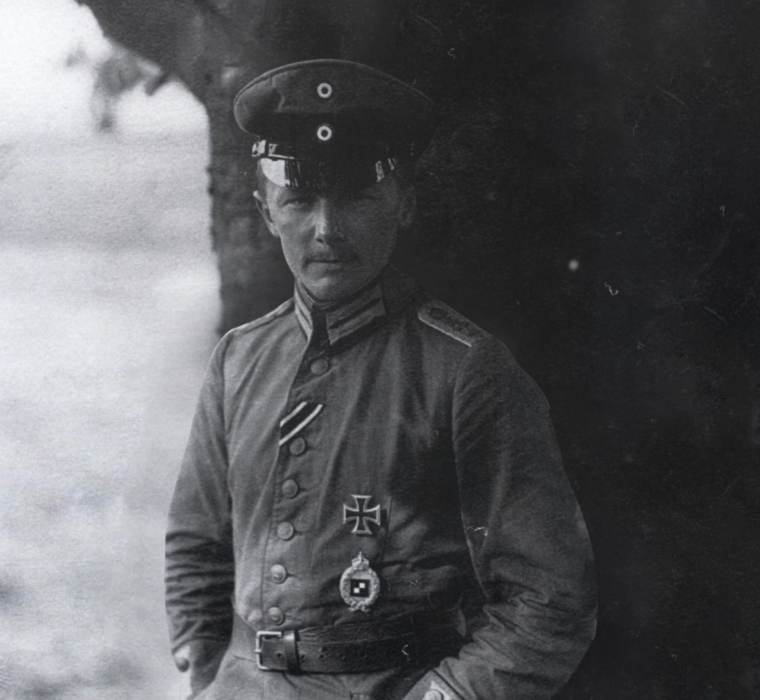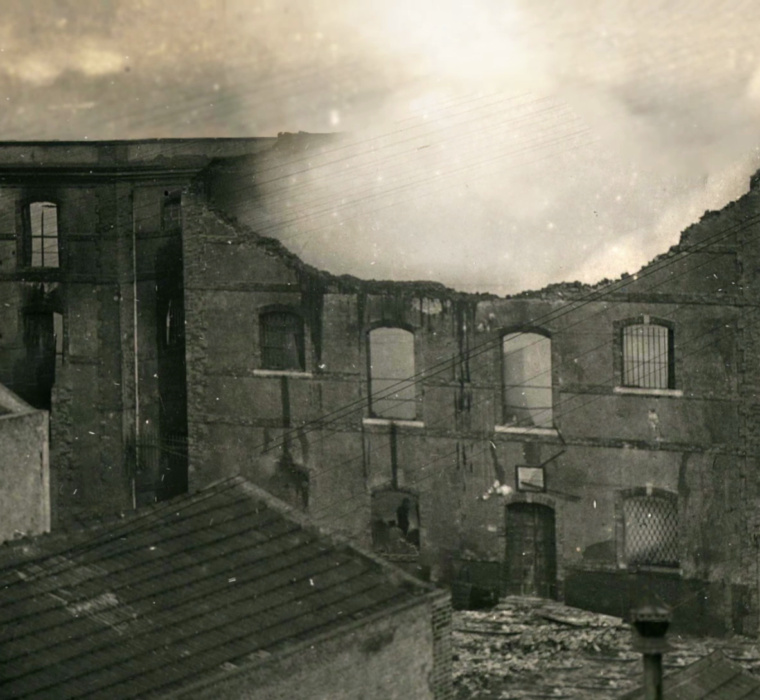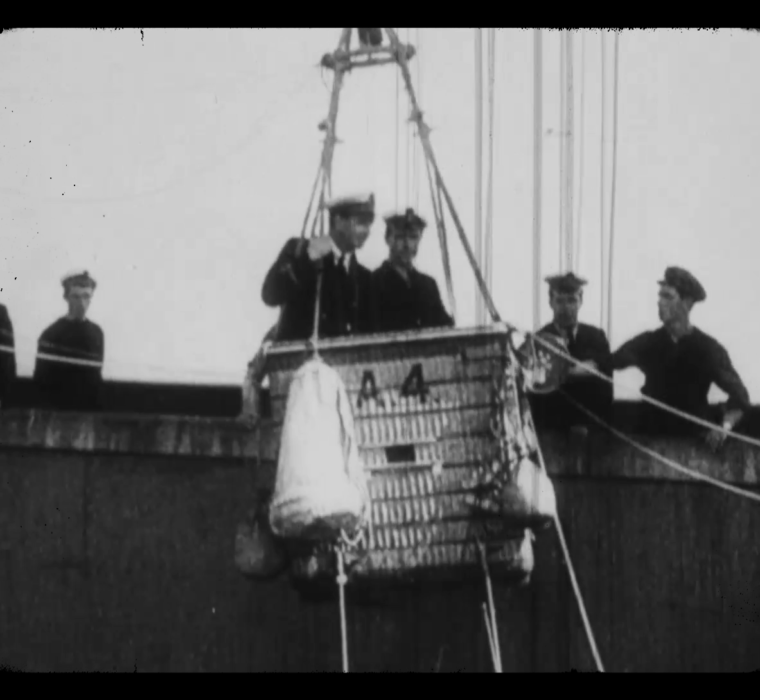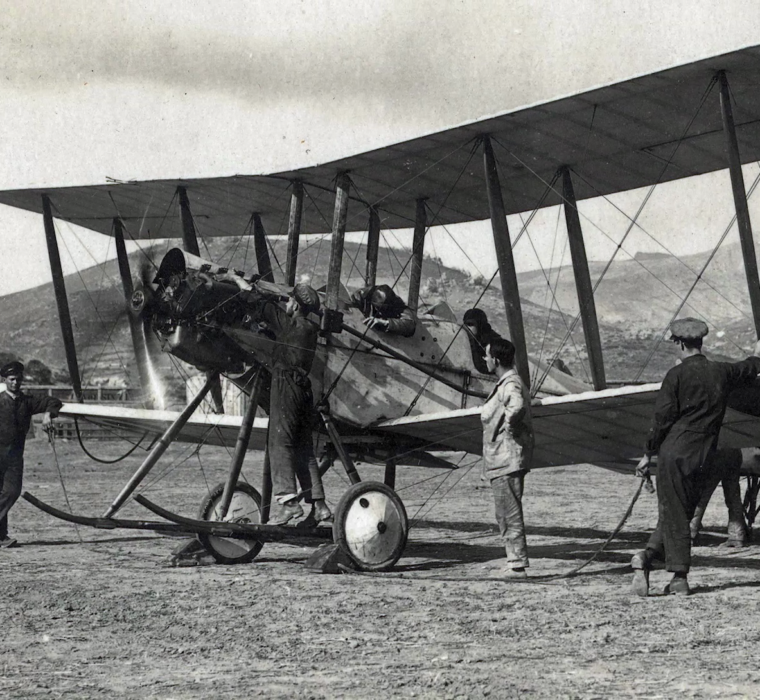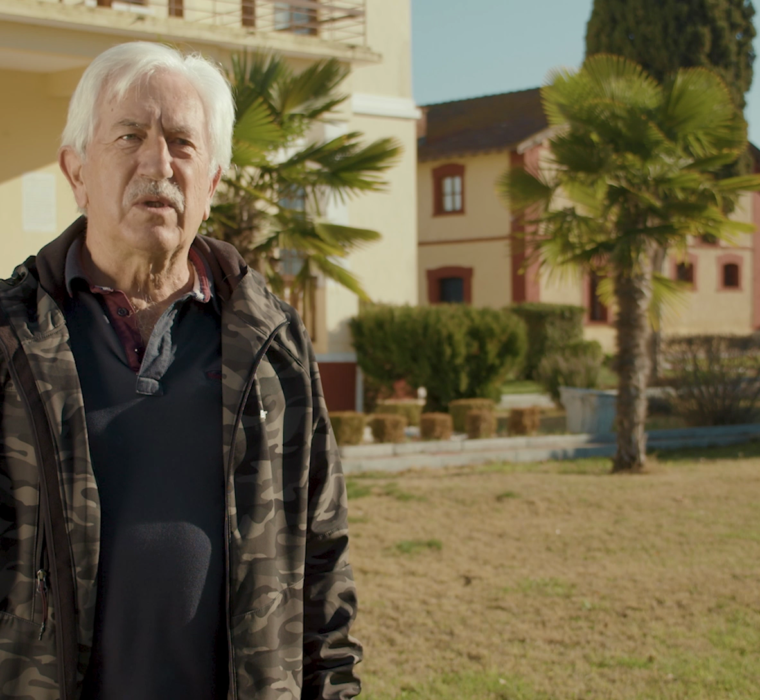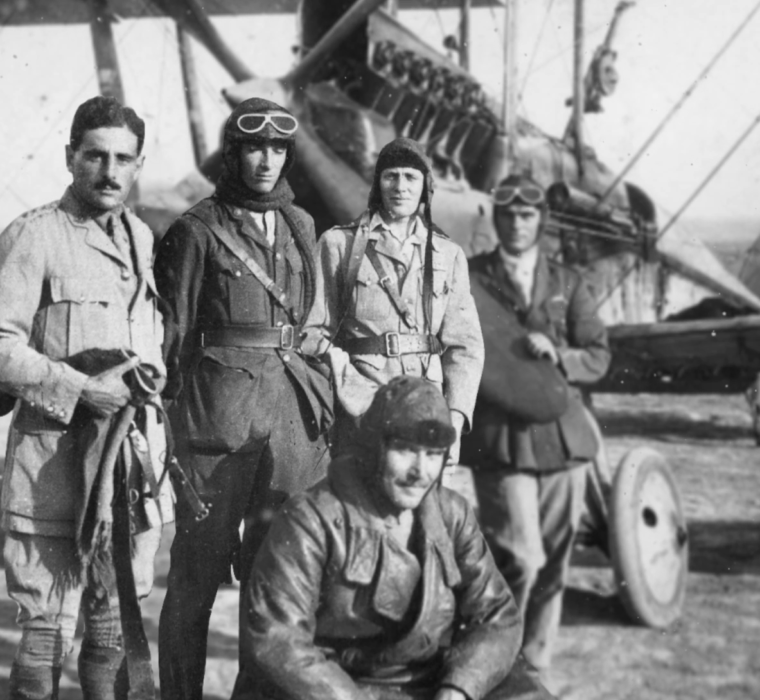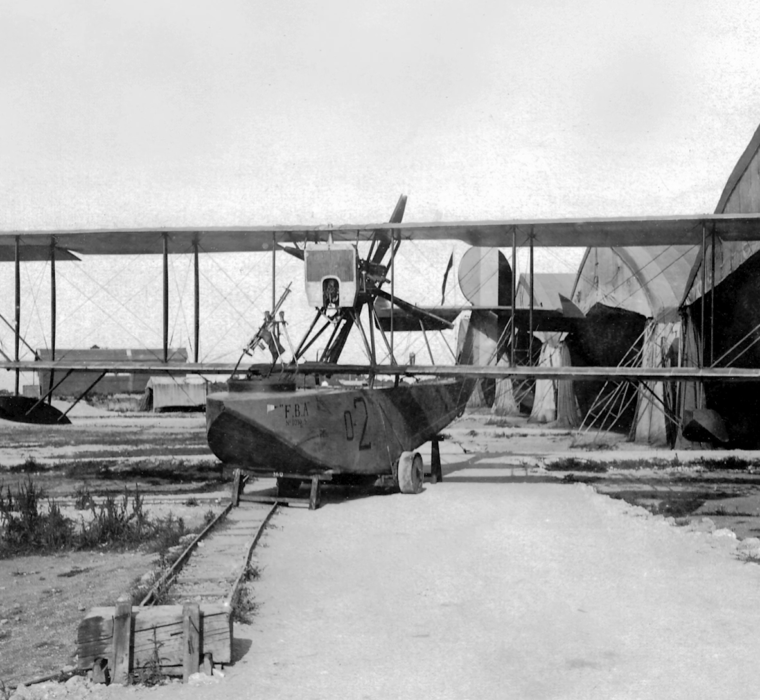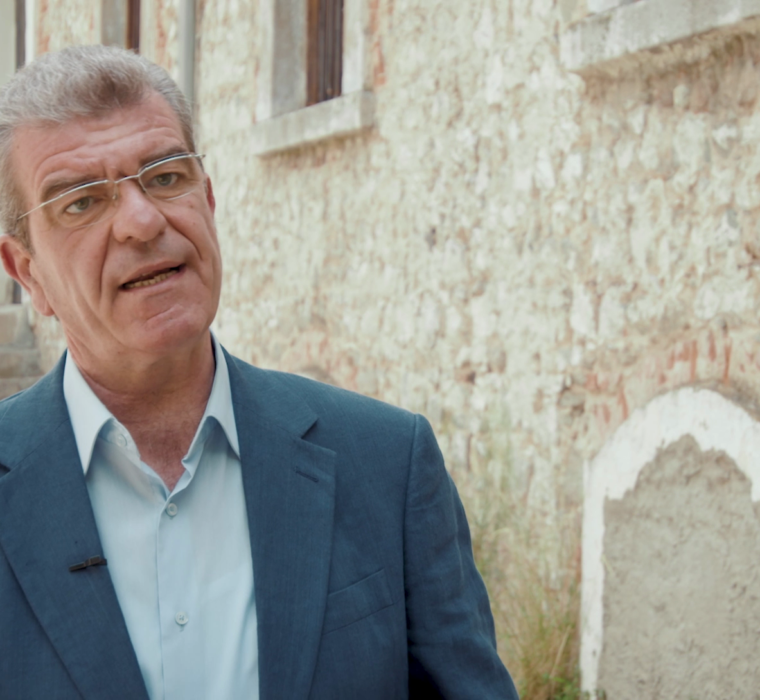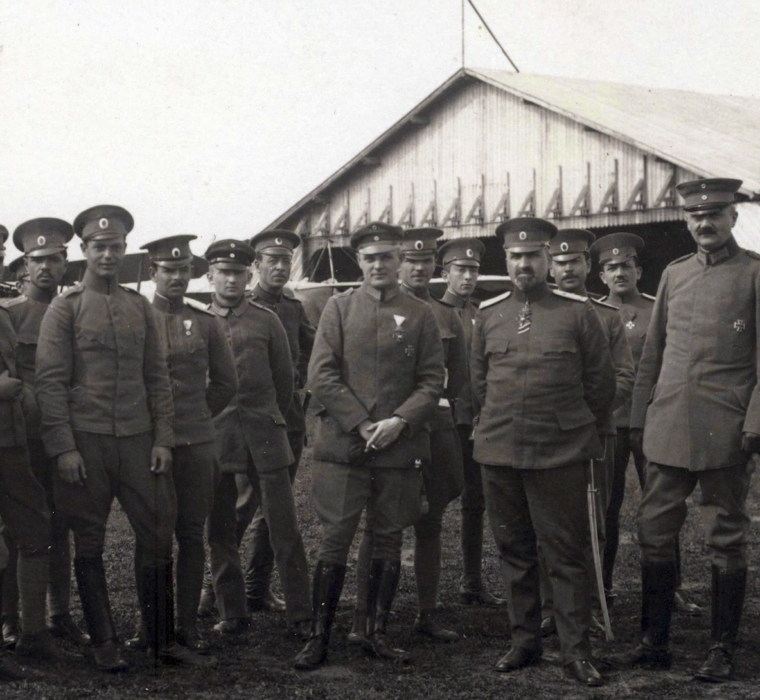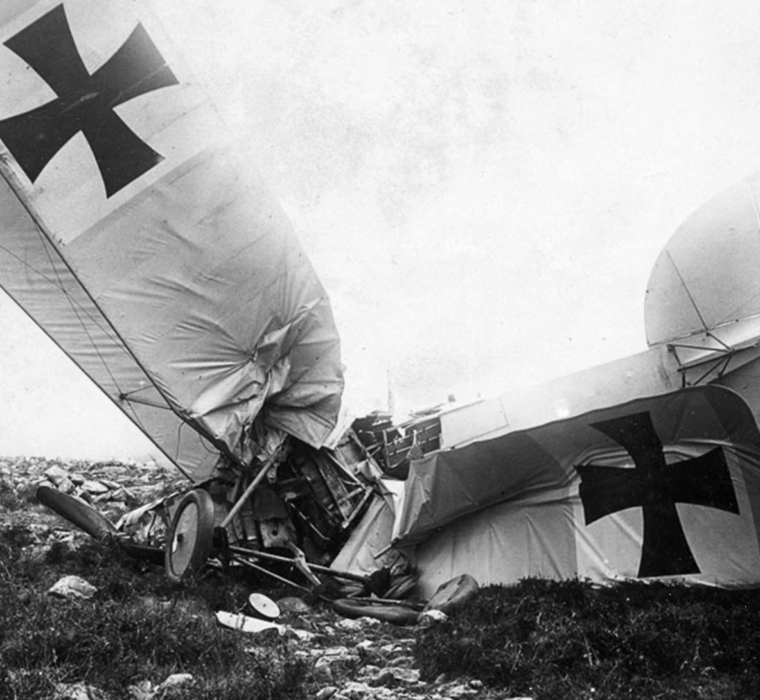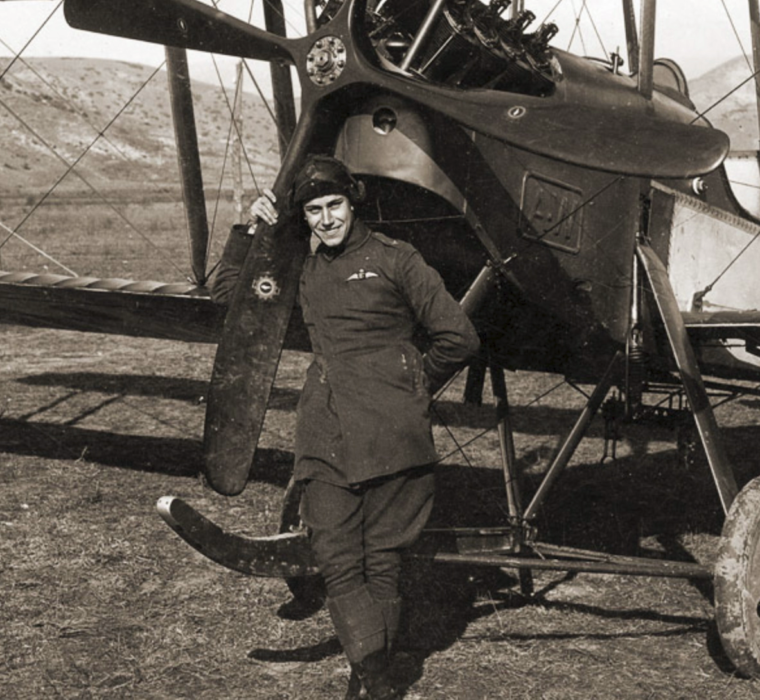
In the first episode, “Airfield Genesis (1916),” we delve into the dynamic geopolitical landscape at the close of 1915, setting the stage for a pivotal chapter in World War I aviation. With a concise report on the Dardanelles and Gallipoli operations, the air force’s crucial role emerges. January 1916 witnesses the strategic installation of an aircraft carrier base on Lemnos Greece, a move aimed at safeguarding vital sea routes. Simultaneously, German air forces gain prominence in the Bulgarian-occupied Xanthi Greece. The threat to Allied sovereignty in the Northeast Aegean becomes palpable.
Further unfolding the airfield genesis, February 1916 witnesses the installation of an English seaplane base at Stavros, Thessaloniki Greece. Recognition and mapping of eastern Macedonia become strategic chess moves in the evolving conflict. The narrative culminates in May 1916 with the establishment of an airport in Thassos Greece, revealing the complex involvement of foreign agents and the local population. Here, the first operations unfold, including arson, bombings of military targets and cities, marking the initiation of air battles, spotlighting the indomitable spirit of aviators like Lieutenants Dunning and Kinkead.
As the conflict unfolds, “The War Expands” unveils the metamorphosis of Lemnos Greece into a crucial air support center. Amidst the aerial theater, the episode delves into the stark realities of living in the Greek countryside, where the true invisible enemy—Malaria—adds a layer of complexity to the daily lives of those embroiled in the war.
September 1916 witnessed the installation of Thessaloniki and Stavros Greece Airport, a strategic move against Bulgarian fortified positions in southern Strymon, marked by naval artillery fire. The narrative intensifies in October 1916 with Romania’s entry into the war, triggering an airlift and reinforcing its troops with direct flights from Lemnos Greece. As autumn transitions to winter in 1916, the focus turns to targeting the railway network and transport in eastern Macedonia Greece, highlighting the successes of the Thassos Greece Aviators. The episode crescendos in October 1916 with the installation of Drama Greece Airport, providing crucial support to the fighting Bulgarian troops, and introducing to the absolute ace of the Macedonian front, German Lieutenant Rudolf von Eschwege, whose portrait becomes a focal point in the evolving conflict.
In this pivotal episode, “The Involvement of the Greek Air Force (1916-1917),” the narrative shifts to the poignant moment of Greek pilots from the Navy Air Force joining the National Defense movement. A tableau of portraits emerges, introducing to the formidable personalities shaping the aerial theater. Their stories weave into the broader tapestry of Lemnos, becoming the crucible for the evolution of Greek aviation prowess.
Thassos, Zerevic, and Drama at Greece, become the stages for Greek and foreign aviation operations, accentuating the achievements of Greek aviators, including daring bombing raids on rival airports. Against this backdrop, a Zeppelin graces the skies over Lemnos, introducing a new dimension to the evolving conflict.
Advancements in the design and execution of Combined Operations (COMAO) become central to the narrative, culminating in the impactful bombing of the port of Kavala Greece. Yet, amidst the triumphs, the episode takes a poignant turn with the introduction of Lieutenant Commander (I) Dimitrios Argyropoulos, the first fallen hero in this turbulent chapter of Greek aviation
In this gripping episode, “Air Warfare Escalation on All Fronts (1917),” the narrative unfurls the birth of the (legendary) Greek Squadron Z, laying the foundation for a squadron that would become synonymous with valor and determination. The episode unfolds with a poignant exploration into the training of young Greek aviators, witnessing the emergence of a new generation poised for aerial warfare.
July 1917 marks a seismic event—the strategic bombing of Istanbul. Operating from Lemnos, Greek aviators play a pivotal role, but the triumph comes at a heavy cost with the loss of Greek aviators.
August 1917 introduces a dramatic turn as German aviators from Drama and Zerevic unleash a heavy bombardment on Thassos Airport. The portrait of Lieutenant (I) Aristides Moraitinis, the Greek Commander, becomes a focal point, symbolizing the resilience amidst adversity.
September and October 1917 unfold with the Greek Squadron Z stationed in Lemnos. The narrative delves into the stories of Lieutenants (I) John Alcock and Thomas Mellings, with Alcock becoming a prisoner of war. Their mission, aptly named “Kill the Kaiser,” adds a layer of intrigue and suspense to the unfolding events.
As autumn transitions into winter in 1917, the Greek Squadron Z strengthens its resolve, marked by a tragic accident in Thassos. The episode culminates in the somber note of November 23, 1917—the death of Ace Eschwege. This turning point in the squadron’s journey serves as a poignant reminder of the unpredictable nature of war
The concluding episode, “Famous People During and After the War,” unfolds with a momentous event in January 1918, as Lemnos and Imvros serve as the base for the largest airborne operation of the First World War—an operation aimed at sinking warships. A testament to the indomitable spirit of the era, this operation marks another extraordinary achievement of Moraitinis, yet it is marred by the tragic death of Lieutenant Commander (I) Spyridon Hambas.
The narrative then pivots to the imperative task of safeguarding sea routes, embodied in “Protecting the Sea Routes – Part B.” The seaplane base in Lychna of Lemnos becomes pivotal, orchestrating anti-submarine patrols across Aegean zones from Lychna, Stavros, and Thassos. April 1, 1918, witnesses the creation of the Royal Air Force (RAF), and its repercussions resonate in the Aegean, shaping the course of the conflict.
As the rivalry intensifies with the reinforcement of Drama and Stavros airports, a controversy emerges over Strymon, adding a layer of intrigue to the unfolding events. The episode climaxes with the historic flight of Greek and English pilots from Lemnos to Istanbul, a poignant symbol of unity in the aftermath of conflict.
The concluding moments bring an unexpected turn with the untimely death of Moraitinis, plunging Greece into mourning. As the series draws to a close, “Famous People During and After the War” stands as a testament to the resilience, sacrifice, and camaraderie that defined the aviators of World War I. The echoes of their feats continue to reverberate through history, immortalizing these famous figures and the indelible mark they left on the skies of the Eastern Mediterranean and the Balkans.

SEASON 2
During the Great War at the Macedonian front (Serbia, Bulgaria, Greece, Turkey) catalytic events took place and faded into obscurity. Each one shaped the progress of the Great War and changed the tides of history forever.
Tales of boldness and courage were recorded as legends among the first aviators of the warring parties.
It is no coincidence that veteran aviators with experience “built” in the Greek theater of operations, significantly wiser in both operational matters and issues related to the physiology of flight, decisively contributed after the war to further exploring the limits of human capability in the air.
Bombings, air battles, underwater warfare were just some of the roles undertaken by the air forces of the opposing alliances that operated in the Balkan Front.
On the eve of the Great War, the European armies mobilized their forces in time and quickly showed strong offensive against the opponents. Thus, from the first battles of 1914, the new air weapon was called upon to restore the lost flexibility on the ground, extending the conduct of the war to the third dimension.
Episode Structure:
- Dardanelles – the secondary front and the Greek involvement.
- The main challenge of the operation – HMS Ark Royal: a strange ship in the Aegean waters – Seaplanes: routine reconnaissance of forts – the first exchanges of fire – Seaplane technical weaknesses: cause of campaign failure?
- The arrival of airplanes – The “Pirates of Eastchurch” from the Western Front to the Aegean – Eastchurch: the pioneers!
- Tenedos and Imbros: the first air bases – French assistance (MF98T)
- Landing at Gallipoli with involvement of air forces
- Airship vessels: HMS Manica, HMS Hector, HMS Canning
- Submarine warfare: an airplane over Imbros
Dardanelles, February 1915. A new front of military confrontation for the two rival coalitions opens in the Aegean. The Anglo-French fleet targets the well-protected Turkish fortresses with the aim of crossing the Bosporus and neutralizing the Ottoman Empire, which has already sided with the Central Powers. The ships are at a disadvantage against well-hidden and fortified land cannons. The solution to the problem is the new aviation weapon!
Episode Structure:
- Reinforcement of air forces in the Aegean. HMS Ben-my-Chree: another seaplane carrier in our seas – The first successful aerial torpedo attacks
- Reinforcement of air forces: the 2nd Wing of the Royal Naval Air Service in Imbros – Variety of aircraft, variety of roles – Daring plans: seaplanes and submarines in the Bosporus and the Sea of Marmara
- Bulgaria’s entry into the war – Shifting operations to the west – Air operations at the limits of aircraft range – The powerful naval bombardment of Alexandroupoli with the help of aviation
- The first aerial rescue operation in the Ferres of Evros
- Admiral Charles Rumney Samson: Pioneer – Daring Aviator – Leader
Gallipoli, Autumn 1915. The trench war is well under way. The Ottoman forces reorganized and strengthened. British and French aviators, overcoming themselves, try to overthrow the stagnation on the battlefield. In vain… At the same time the entry of Bulgaria into the War on the side of the Central Powers makes the situation even more difficult. New Fronts are opening and the newly available air weapon, of friends and enemies, is called to offer its support to the operations there as well. Thessaloniki plays an important role.
Episode Structure:
- Gallipoli: Swiftly towards evacuation.
- October 1915: The Allies of the Entente disembark in Thessaloniki – The “Grand Parc d’Aviation” in Kalamaria: supporting aerial operations
- Serbian Front: A hopeless struggle – Retreat and consolidation around Thessaloniki – Establishment of new airfields.
- Failure of the campaign in Gallipoli – Supporting the evacuation of the peninsula from the air – Aerial confrontation: the threat of German-Turkish Fokker pursuit monoplanes – Losses: Lieutenant Commander (I) Francis Donald Bremner, an English “flying mathematician”.
- Thessaloniki: The first missions and skirmishes with the enemy.
- In Mytilene – Operations of the French Squadron MF98T in the Gulf of Smyrna – Expansion of aerial operations in the central Aegean.
Thessaloniki, December 1915. With the Serbian Front collapsing, a number of Entente military units fortify themselves around the cosmopolitan metropolis. Among the allied forces are nine French Squadrons of the Eastern Air Force. They settle in landing fields, usually old tsifliki, around Thessaloniki. Sedes, Stavroupoli (Lebet), Anchialos (Samli), Gefyra (Topsin). Living conditions are difficult – a unique moment of carefreeness is only created by going into the city of Thessaloniki. A huge space in front of Villa Allatini on the eastern outskirts of the city, becomes the most important support base of the French Squadrons.
Episode Structure:
- Arrangement of enemy air forces and the threat to Thessaloniki – the first bombings, the first casualties – the response of the Greek press.
- The first French pursuit squadrons in Sedes and Topshin (Bridge) – Ground Observer Network
- Target: Thessaloniki – A Zeppelin over the city – Strategic bombing – The casualties and efforts to repel the invader – The first downing of German aircraft by French pursuers and the war of propaganda – Spoils of war at the White Tower
- French Air Forces of the East go on the offensive – March 27, 1916: Operation “Bombenfilm auf Saloniki” by the German air force – May 5, 1916: The downing of the Zeppelin
- Target: Constantinople – Bold aerial raid of psychological warfare and bombing on the capital of the Ottoman Empire
The Great War turns into a massacre. Since the Front of Macedonia seems more likely that the lines of the enemy will be broken. The aviation weapon plays an important role in ensuring the smooth flow of supplies and controlling sea routes in the Aegean and Ionian. New seaplane bases are being established in Corfu, Kefalonia, Souda, Milos, Skyros and Syros.
Episode Structure:
- Macedonian Front: The (re)birth of the Serbian Air Force – May 1915: a secret mission to reinforce the Serbian Air Force through Thessaloniki – Training of Serbian aviators.
- The British Royal Flying Corps in Thessaloniki, Doiran, and Strumona.
- Securing the unimpeded flow of supplies and control of maritime routes in the Aegean and Ionian Seas – Cassandra of Chalkidiki: Aerial control of sea routes to and from Thessaloniki – Seaplane bases in Corfu, Kefalonia, Souda, Milos, Skyros, Syros.
- New airfields in the prefectures of Kilkis, Pella, and Florina – The first Franco-Serbian successes – Monastery in allied hands – Rearrangement of air forces.
- Target: Sofia – French raids on the Bulgarian capital – Attempts to intercept by the Bulgarian Air Force – German Pursuit Squadron Jasta 25.
- Castellorizo: The first and only loss of an aircraft carrier in World War I.
- The arrival of the strategic bombing unit Kampfgeschwader I in Uskub (Skopje) – Commencement of operations and strategic strikes by the German unit – Pioneering efforts at interception by British air forces.
- Greece’s entry into the war and the French attempt to organize the military air force – Lieutenant Colonel (I) Alexandros Zannas – Establishment and operation of the Franco-Hellenic Squadrons – Sedes: Center for Aviation Training.
- The French pursuers of the 531 Franco-Hellenic Squadron and the aerial confrontation with the German pursuers of Jasta 25 – Portraits of Dieudonne Costes and Gerhard Fieseler.
- Supporting the Battle of Doiran – Pursuing the retreating Bulgarian Army.


